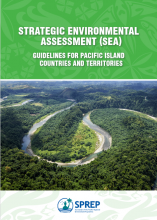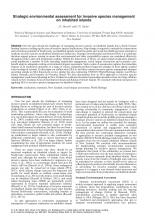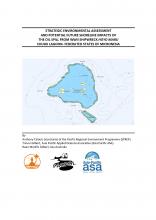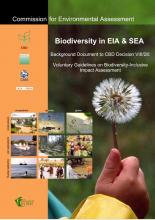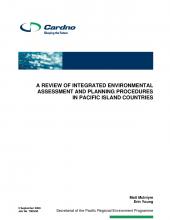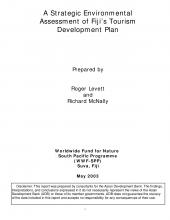Report on the Strategic Environmental Assessment Oil Spill Incident USS Mississinewa, Ulithi Lagoon, Yap State, Federated States of Micronesia : Draft, 18th September, 2001


Island and Ocean Ecosystems, Waste Management and Pollution Control
Available Online
Report on the Strategic Environmental Assessment Oil Spill Incident USS Mississinewa, Ulithi Lagoon, Yap State, Federated States of Micronesia : Draft, 18th September, 2001 / by Trevor Gilbert

